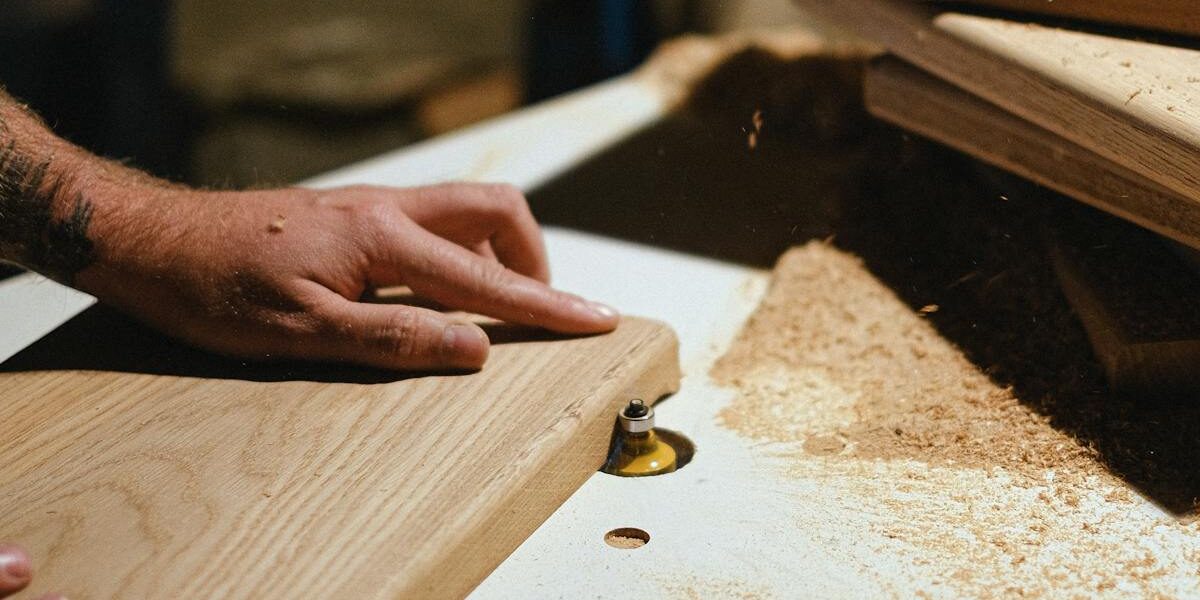How to Carve Letters into Wood
Wood carving can be a rewarding skill to master. Letters carved into wood can add a personal touch to signs, furniture, or gifts. Follow these steps to learn the craft of carving letters into wood, from choosing the right wood to finishing your piece.
Selecting the Wood
The type of wood you choose affects the carving process and the final appearance of your piece. Softwoods, like pine and cedar, are easier to carve but may not hold fine details as well. Hardwoods, such as oak and maple, are more challenging to carve but offer a crisper edge and better durability.
- Pine: Soft and easy to carve, suitable for beginners.
- Cedar: Aromatic and relatively soft, good for detailed work.
- Oak: Hard and durable, ideal for detailed and long-lasting projects.
- Maple: Hard with a smooth grain, excellent for detailed carving.
Gathering the Tools
The right tools make a significant difference in the quality of your carving. Basic tools for wood carving letters include:
- Carving knives: Essential for fine details and initial cuts.
- Chisels: Available in various widths and shapes for different cuts.
- Gouges: Curved blades perfect for rounded cuts and shaping.
- V-tools: V-shaped blades ideal for outlining and defining letters.
- Mallet: Useful for giving more force behind chisel strikes.
- Pencil: For sketching your design onto the wood.
- Sandpaper: For smoothing the wood before and after carving.
Preparing the Wood
Prepare the wood thoroughly before starting to carve. First, sand the surface to create a smooth base. This ensures the tools glide easily and prevents splintering. Use fine-grit sandpaper for the best results. Next, use a pencil to draw the letters onto the wood. A stencil can help achieve consistent and even lettering, especially for beginners. Make sure the letters are large enough to carve; overly small details can be tricky and prone to breakage.
Carving the Letters
Begin by outlining the letters with a V-tool. Lightly trace the pencil marks, applying even pressure. This initial cut defines the borders of the letters and serves as a guide for deeper cuts. Work slowly and methodically to avoid mistakes. After outlining, remove the wood inside the letters using a chisel or gouge. Carve toward the outline, gradually deepening the cuts. Use a mallet for harder woods, tapping gently to prevent overcutting.
Make sure to carve along the grain to prevent splitting. If the grain changes direction, adjust your carving angle to follow it. Smooth any rough spots or splinters with fine-grit sandpaper. Regularly step back and inspect your progress, ensuring the letters remain proportional and clean.
Adding Depth and Detail
Once the basic shape of the letters is done, add depth and detail. Use smaller chisels or knives to refine the edges and corners of each letter. Pay attention to serifs or decorative elements, as these often require precision. For a three-dimensional effect, carve the edges of the letters at a slight angle, giving them more depth and shadow.
If carving rounded letters, such as O or C, use gouges to follow the curves smoothly. Ensure that curves are even and symmetrical. Take your time with these details as they significantly impact the final look.
Finishing the Wood
After carving, finish the wood to protect it and enhance its appearance. Start by sanding the entire piece with fine-grit sandpaper, focusing on any rough areas. Sanding smooths out the surface and prepares it for finishing products. Next, apply wood finish, such as oil, wax, or varnish. This not only protects the wood but also brings out its natural beauty. For best results, apply multiple thin coats, allowing each to dry before the next. Buff the surface with a clean cloth for a polished look.
Painting or Staining the Letters
If desired, paint or stain the letters to make them stand out. Use a small brush for precision. Acrylic paints work well for bright, bold colors, while wood stains provide a more natural look. Apply the paint or stain carefully, staying within the carved lines. Allow it to dry completely. Seal the paint or stain with a clear finish to protect it and add shine.
Final Tips
Practice makes perfect in wood carving. Start with simple designs and gradually move to more complex ones. Keep your tools sharp for cleaner cuts and less effort. Always carve in a well-lit area to see fine details clearly. Lastly, enjoy the process. Each project is a step toward mastering the art of wood carving.


Subscribe for Updates
Get the latest articles delivered to your inbox.
We respect your privacy. Unsubscribe anytime.